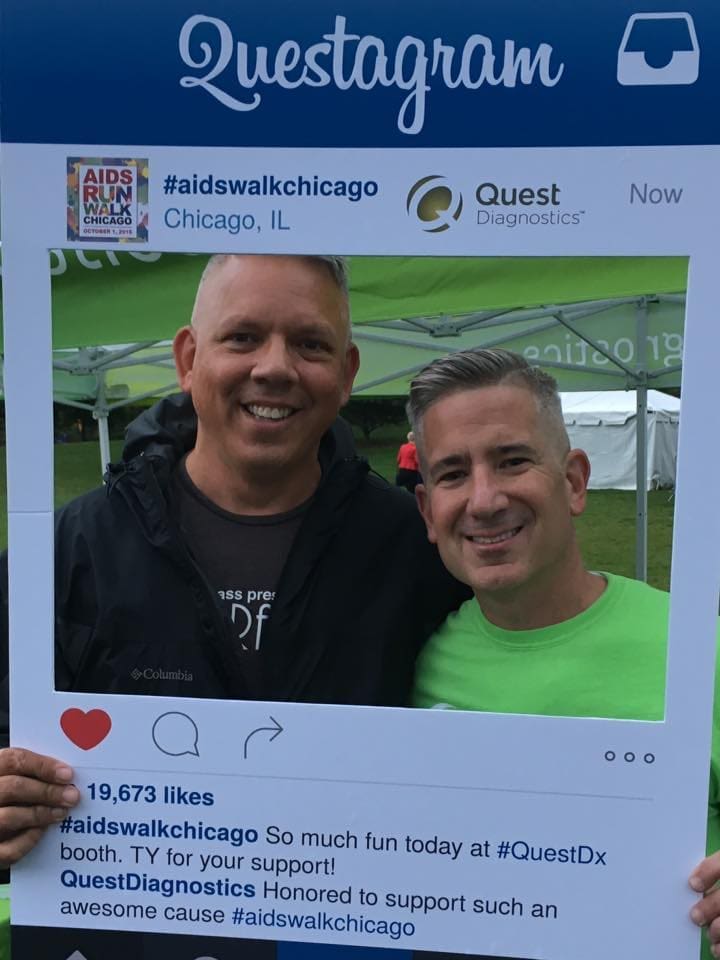You’ve heard about it. It’s coming. And it sounds scary. But what does the “fiscal cliff” really mean for people living with HIV?
According to a new analysis by the AIDS Foundation of Chicago, the impact of the automatic budget cuts will be prove to be both deleterious to public health and costly for taxpayers in the long run.
On January 2, 2013, absent any change in federal law, a process called “sequestration” will cause sweeping across-the-board automatic budget cuts. President Obama and the U.S. House and Senate in 2010 agreed to these budget cuts as part of deficit reduction negotiations in 2011.
The January 2 deadline represents the so-called fiscal cliff, which legislators on both sides of the aisle say they are working to avoid. Discussions are ongoing in Washington to replace sequestration with a balanced package of revenue increases and budget cuts.
In hopes of educating policymakers and the community, AFC recently estimated the impact of sequestration on HIV prevention, treatment, housing and supportive services in Illinois.
There are an estimated 42,700 people living with HIV in Illinois. In 2010, Illinois received $121.4 million in federal funding for HIV prevention, care and housing and other services. Illinois would lose an estimated $10 million in federal HIV funding, based on the scheduled 8.2 percent cut resulting from sequestration.
These funding cuts would further strain access to housing, medical care, HIV prevention services, mental health, substance abuse treatment and other services that lower costs by supporting engagement in care and access to preventive services.
Housing
A $610,227 cut will mean 125 families will lose long-term or short-term housing through the Housing Opportunities for People with AIDS (HOPWA) program.
Ryan White Program
As a result of a $3 million cut to Ryan White Program services, 613 fewer people will receive medications through the AIDS Drug Assistance Program (ADAP).
That deep cut to Ryan White Program services, funded by Part A (services in the Chicago metro area) and B (statewide services), would also mean people with HIV in Illinois would receive:
• 2,500 fewer primary care visits;
• 1,100 fewer dental visits;
• 6,800 fewer mental health visits;
• 3,700 fewer substance abuse treatment visits;
• 2,600 fewer linkage to care, peer, or referral services;
• 2,800 fewer nights of housing;
• 271 fewer legal aid visits; and
• 240,00 fewer meals.
CDC-Funded HIV Prevention Services
A $1.74 million cut to HIV prevention services will mean that:
• 4,300 HIV fewer HIV tests will be conducted;
• As a result, 66 people with HIV will not be diagnosed, losing an opportunity to link them to treatment to reduce their long-term treatment costs;
• 434 newly-diagnosed people will not receive partner services to identify individuals who may have been exposed to HIV to offer them testing and treatment; and
• 52 people will be newly infected because undiagnosed people will not know to prevent HIV transmission, partners will not be identified and linked to care, and high-risk negatives will not receive counseling.
The lifetime medical treatment cost for these 52 newly-infected people is $23.3 million.
For more information, contact John Peller, Vice President of Policy, 312-334-0921 or [email protected].
For complete citations and notes on methodology, please download this document:
The Impact of Sequestration on HIV Services/Programs in Illinois 

